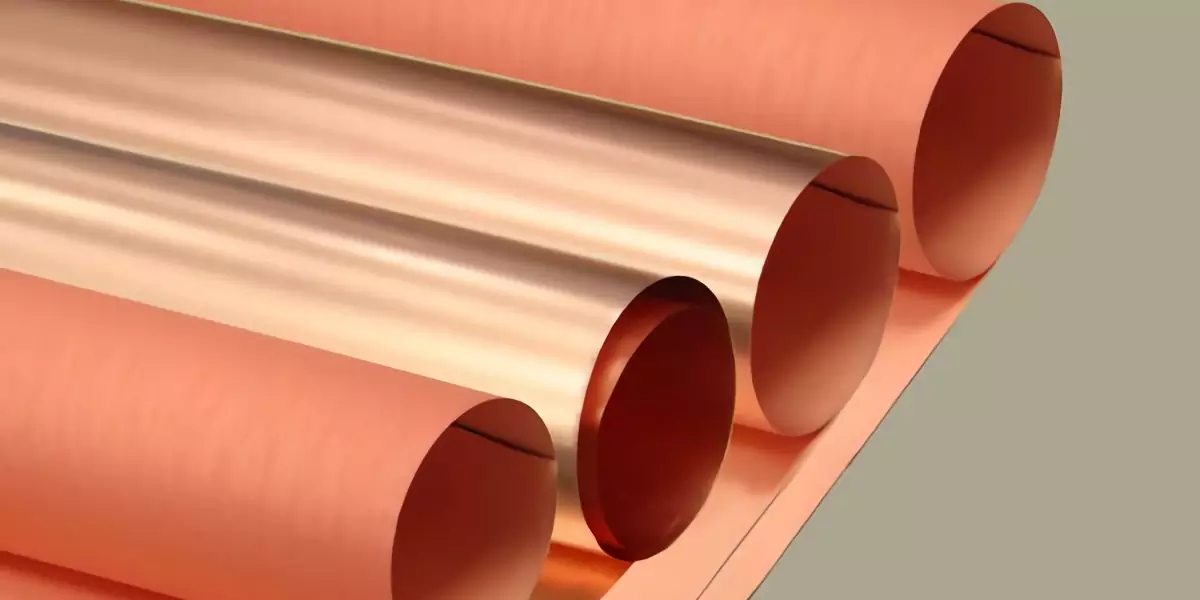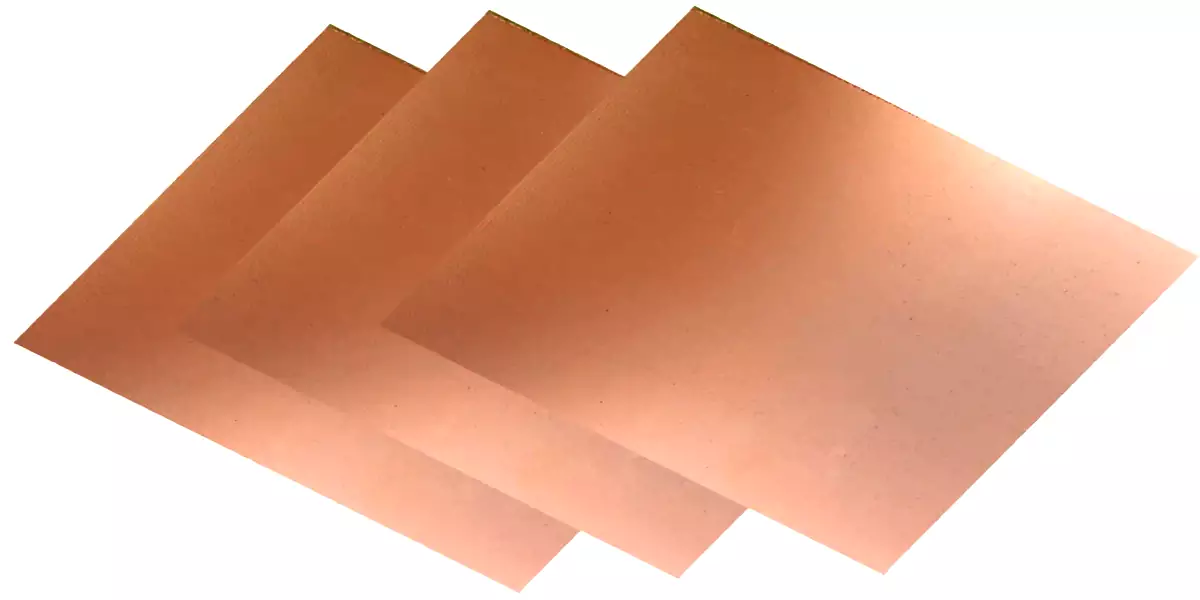PCB (Printed Circuit Board) material have been developed for nearly 50 years. The scientific experiments and explorations of resins and reinforcement material, as well as the development of PCB material at every stage, are driven by innovations in electronic whole machine products, semiconductor manufacturing technology, electronic installation technology, and electronic circuit manufacturing technology.
PCB material is mainly composed of four main material: Copper Foil Reinforcement Resin Fillers.
Copper clad laminates were truly adopted on a large scale in PCB production, and the PCB material industry entered its early stages of development as early as 1947. During this stage, the advancement of manufacturing technology for raw material used in PCB material manufacturing, such as organic resins, reinforcement material, copper foils, etc., has provided a strong driving force for the progress of the PCB material industry. As a result, PCB material manufacturing technology is gradually maturing.
PCB (Printed Circuit Board) commonly used PCB materials include the following:
1. Phenolic Resin (FR-4): This is the most common PCB material, composed of a composite of glass fiber and phenolic resin. Has high thermal stability, good mechanical properties, and cost-effectiveness.
2. Fiberglass cloth substrate (GPP): This material's PCB is mainly composed of fiberglass cloth and resin composite, which has good thermal stability and high-frequency performance.
3. Polytetrafluoroethylene (PTFE): PCBs made of this material have high temperature resistance and low dielectric constant, making them suitable for high-frequency and high-temperature environments.
4. Ceramic substrate: PCBs made of this material have high thermal stability and low dielectric constant, making them suitable for high-frequency and high-temperature environments. Common ceramic substrates include aluminum oxide, aluminum nitride, etc.
5. Teflon (ETFE): PCBs made of this material have good corrosion resistance, high-frequency performance, and low dielectric constant.
6. Composite material: PCBs made of this material are composed of two or more different types of material that are compounded together to leverage the advantages of each material and improve the performance of the PCB. For example, PCB material composed of glass fiber and polyimide have excellent thermal stability and high-frequency performance.

PCB material
PCB materials are classified from bottom to top according to their grades as follows: 94HB - 94VO - 22F - CEM-1 - CEM-3 - FR-4
94HB: Ordinary cardboard, not fire-resistant (the lowest grade material, die punched, cannot be used as a power board)
94V0: Flame retardant cardboard (die punched)
22F: Half glass fiber cloth board (die punched)
CEM-1: Cotton paper, epoxy resin (flame retardant)
CEM-2: Cotton paper, epoxy resin (non flame retardant)
CEM-3: Semi glass fiber cloth composite board
CEM-4: Glass cloth, epoxy resin
CEM-5: Glass cloth, polyester
FR-1: Phenolic cotton paper, commonly known as electric wood board (more economical than FR-2)
FR-2: Phenolic cotton paper
FR-3: Cotton paper, epoxy resin
FR-4: Woven glass, epoxy resin
FR-5: Glass cloth, epoxy resin
FR-6: frosted glass, polyester
G-10: Glass cloth, epoxy resin
AIN: Aluminum oxide
SIC: Silicon Carbide
PI:Polyimide
Aluminum substrate: Aluminum substrate has good thermal conductivity and is suitable for high-power electronic devices and applications with high heat dissipation requirements.
Copper substrate: Copper substrate has high thermal conductivity and mechanical strength, suitable for high-frequency and high-power electronic devices.
Ceramic substrate: Ceramic substrates have good dimensional stability, high temperature resistance, and insulation properties, and are suitable for RF and high-power circuits.
Metal/ceramic composite material: composed of metal and ceramic material, with high thermal conductivity and mechanical strength, suitable for applications in high-power and high-temperature environments.
Polyimide (PI) composite material: Polyimide is a high-performance engineering plastic with excellent high temperature resistance, chemical corrosion resistance, and electrical insulation properties, suitable for high demand electronic devices.

PCB CCL
The classification of flame retardant properties can be divided into 94-V0-94-V1-94-V2-94HB
Semi cured sheet: 1080=0.0712mm, 2116=0.1143mm, 7628=0.1778mm
Halogen free refers to substrates that do not contain halogens (such as fluorine, bromine, iodine, etc.), as bromine produces toxic gases during combustion, which meets environmental requirements.
The circuit board must be flame resistant and cannot burn at a certain temperature, only soften. The temperature point at this point is called the glass transition temperature (Tg point), which is related to the dimensional stability of the PCB board. Generally, the Tg of the board is above 130 degrees, the high Tg is generally greater than 170 degrees, the medium Tg is about greater than 150 degrees, and the TG of high-temperature PCB material such as Polyimide is greater than 250 degrees
The main material used for PCB is copper-clad laminate, also known as PCB substrate. It is a product made by reinforcing material such as wood pulp paper or fiberglass cloth, immersing them in resin, and covering one or both sides with copper foil, which is then hot pressed.
There are various types of PCB material, each with different characteristics and applicable scenarios. Choosing the appropriate PCB material is crucial for circuit performance, electrical reliability, and mechanical strength. Common PCB material include FR-4 board, high-frequency board, metal substrate, flexible substrate, high-temperature substrate, and some composite PCB material. According to different application requirements, appropriate PCB material can be selected to meet design requirements.